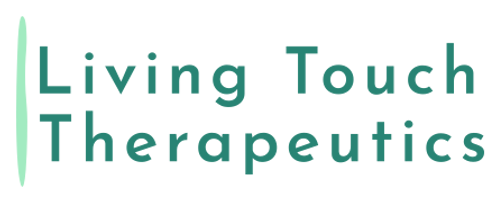KOT Calf Raises Exercise
- Benjamin Mishleau
- Jan 28, 2025
- 2 min read
Updated: Feb 19, 2025
The KOT (Knee Over Toes) Calf Raise was popularized by Ben Patrick, a coach and rehabilitative expert known as "Knees Over Toes Guy." By bending the knees, the gastrocnemius muscle, which is targeted in the traditional calf raise, is relaxed, allowing the deeper calf muscle, the soleus, to take on more of the movement and strengthen. This exercise has gained popularity, particularly among athletes, as it helps improve ankle flexibility, calf strength, and knee function, ultimately preventing injury and enhancing performance.
Purpose: Improves ankle mobility, strengthens the calves, and promotes proper knee mechanics.
Target Areas: gastrocnemius and soleus (calves), Tibialis anterior (front of the lower leg)
Instructions:
Start by standing with your feet shoulder-width apart.
Keep your toes pointed straight ahead or slightly outward, but ensure your knees are aligned with your toes.
Slowly bend your knees, driving them forward over your toes. As your knees travel forward, lift your heels off the ground, engaging your calf muscles.
Hold the raised position for a moment, focusing on the stretch and contraction in the calves.
Lower back down with control, allowing your heels to touch the ground.
Perform 8-12 repetitions for 2-3 sets.
Tips:
Ensure your knees are tracking over your toes, not bowing inward or outward. This helps maintain proper form and reduces strain on the knee joint.
Allow your knees to move forward as much as possible while keeping your feet flat or slightly lifted.
Keep your core tight and engaged throughout the exercise to provide stability and maintain balance.
Who Should Do the KOT Calf Raise?
The Knees Over Toes (KOT) Calf Raise is beneficial for improving ankle mobility, strengthening the calves, and enhancing knee resilience. It is ideal for:
Athletes: Especially those in sports requiring explosive movement, jumping, or quick directional changes (e.g., basketball, soccer, football).
Individuals with Weak Ankles or Calves: Helps build strength in the soleus and gastrocnemius muscles, reducing injury risk.
People with Knee Pain (Under Guidance): Can strengthen the knees by improving mobility and lower leg support.
Those Looking to Improve Balance and Mobility: Beneficial for maintaining joint health, particularly in aging populations or individuals rehabbing from injuries.
Who Should Avoid the KOT Calf Raise?
While generally safe, some individuals should avoid or modify this exercise:
People with Acute Knee or Achilles Injuries: Those recovering from Achilles tendinitis, calf strains, or recent knee surgeries should consult a professional before attempting this movement.
Individuals with Severe Ankle Mobility Restrictions: If dorsiflexion is severely limited, excessive strain could lead to discomfort or injury.
Those with Unstable Knees or Chronic Pain: If knee instability is present, performing KOT movements without proper strength and mobility can increase the risk of strain.
Beginners Without Proper Control: Those new to training should start with basic calf raises before progressing to KOT variations to ensure proper mechanics and joint alignment.
If It Causes Pain: If in doubt, if it causes pain, don't do it.





